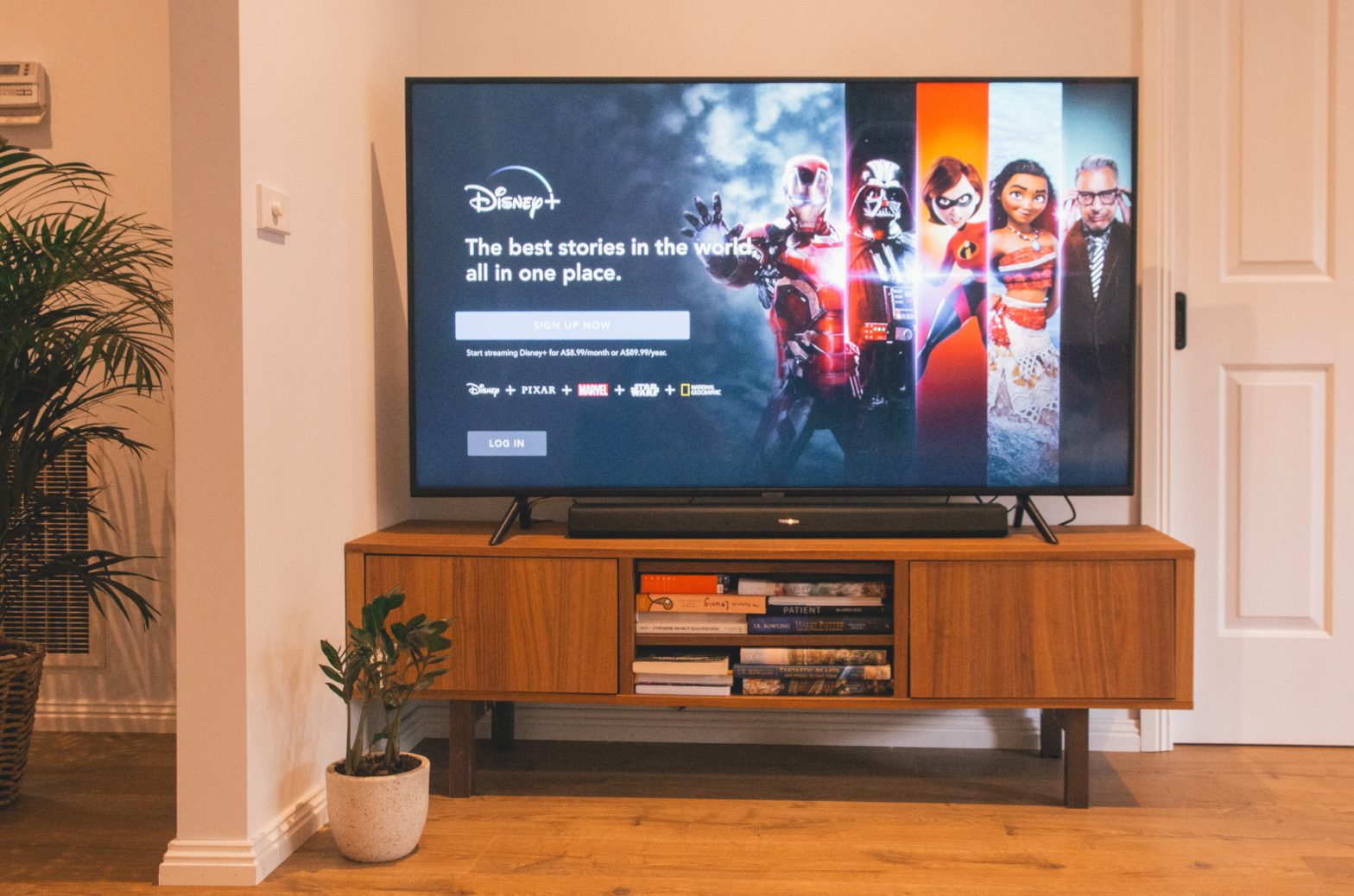PARADOX: STREAMING WARS WILL BE GREAT FOR TV ADVERTISERS
14. 10. 2019The battle is escalating, with new entrants from Disney (Disney+), AT&T’s WarnerMedia (HBOMax), Apple (TV+) and Comcast/NBCUniversal (Peacock).
All of them want lots of sign-ups, and they want them fast. Their products are coming to market priced to sell, aiming to separate viewers from their legacy pay TV packages. Collectively, these companies are spending tens of billions of dollars a year on original shows and movies. If they are successful, it would be bad for the television industry, right? And for TV advertising in particular, since less viewership means fewer eyeballs to sell?
Paradoxically, I don’t think it will be bad at all. In fact, it’s quite likely the streaming wars will end up benefiting the TV ad business. Here’s why:
Little or no ad load from new streaming subs.
Netflix, Prime and a chunk of Hulu don’t have ads. Neither will Disney+, HBOMax and Apple’s streaming products. Since lack of ads will be a real selling point in all of these services, we’re not likely to see ad loads in these services any time soon. Taking viewers out of TV and moving them into ad-free streaming services means the legacy TV ad load only becomes more important and valuable because it is still the only way to reach remaining viewers at any kind of scale.
Much of America can’t access streaming services.
It’s critical for folks to understand that 35% of America don’t have fixed broadband at home (according to Pew Research) and 20% of those who do have suboptimal speeds for watching HD programming (Microsoft).
Unlimited content, fixed wallets.
Streaming services are a luxury. The number of folks who have the discretionary income to buy them isn’t unlimited. 40 million Americans participated in the food stamps program last year. Over-the-air TV is free to all. Low-cost bundles from cable or satellite are in many lower-income homes, where people watch lots of ad-supported TV. While
those folks don’t buy as much as wealthier populations, they do spend a lot on food, cars, phones, insurance, gasoline, etc.
95% of the premium video ad load is on linear TV, 5% on OTT.
When you look at where viewers watch premium video advertising, linear TV represents the vast majority of impressions. First, because it reaches so many people: 300 million in the US, for an average of four hours per day.Second, because linear TV shows so many ads — 16-18 minutes of ads per hour — while OTT services show either none, or little: typically two to six minutes per hour. Since the bulk of the services coming out don’t have much ad support, OTT streaming services won’t add much relative ad load to replace what iinear TV will lose due to audience erosion.
In the world of TV, less means more.
As everyone in TV advertising — or in the world of any other scarce, valuable, supply-constrained commodities — knows, less of it means higher prices for what is there. As we have seen over the past few years, declining ratings for top TV shows have been offset by higher prices on a cost-per-thousand basis for spots on those shows. That’s how the market operates.
Thus, linear TV viewership losses to streaming services that aren’t accompanied by comparable ad load growth by those services means TV ad dollars will largely stay on TV, and will be priced higher. A bit paradoxical, for sure — but the likely reality, just as sure.
Best place to find people who like to watch TV is on TV.
Finally, TV advertising will benefit because billions of dollars will be spent by streaming services to find people to subscribe to their services. No media channel is better for that than TV. They will get most of those billions. Simple as that.
So, will the streaming wars be good for TV advertising? What do you think?
Source: themediaonline.co.za



